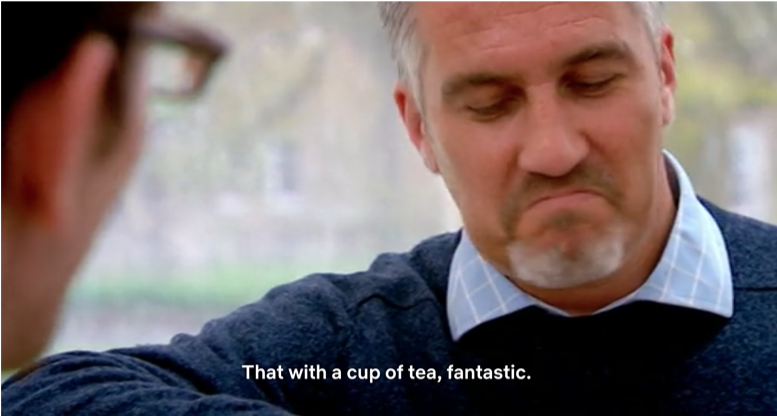Jackson Wallace (CAS’22)
I first heard of Bay State Underground from other incoming Kilachand students in the GroupMe we used to get to know one another. It had opened not long before our first year and everyone was sharing what they knew about it. Apparently, the menu was fantastic, with a lot of options beyond what one might expect from a traditional dining hall. When I finally got to campus, Underground quickly became a lifesaver Wednesday evenings, when I did not have time to go to the dining hall before it closed. I looked forward to ordering on those Wednesdays before trying to finish my work at a decent time. After a few weeks, I quickly figured out which menu items were worth their salt and which were better avoided. I will now pass this wisdom on to you.
Fifth on the list is Underground’s fries. If you’re looking to get a little side when you’re going with friends, then these standard cut fries make for the perfect dish. The fries have a good balance of crispiness and are salted to perfection.
The next best item on the menu comes off of the dessert list. Although there may be better cheesecakes to be had, for the price Underground’s New York-style cheesecake can’t be beaten. The graham cracker crust is well-constructed, the cake itself is delicious, and sometimes it comes with strawberries.
The third best item on the Bay State Underground menu is the quesadilla. Specifically the one with chicken. I find that the plain quesadilla is not filling enough for dinner, but once you add some extras it becomes quite the meal.
The cheesecake is actually only the second-best dessert on the menu. The real treat is the warm brownie sundae. Sometimes, you are in the mood for something chocolatey and sweet and that is exactly what this menu option provides. They even put whipped cream on the sundae. The only thing keeping this menu item from number one on the list is that sometimes the brownie is not the finest quality.
With all that said, without a doubt, the best item on the menu is the chicken caesar wrap. It is delicious, it is nutritious, and it’s pretty affordable for what you get. If you check out Bay State Underground, be sure to give it a try.

